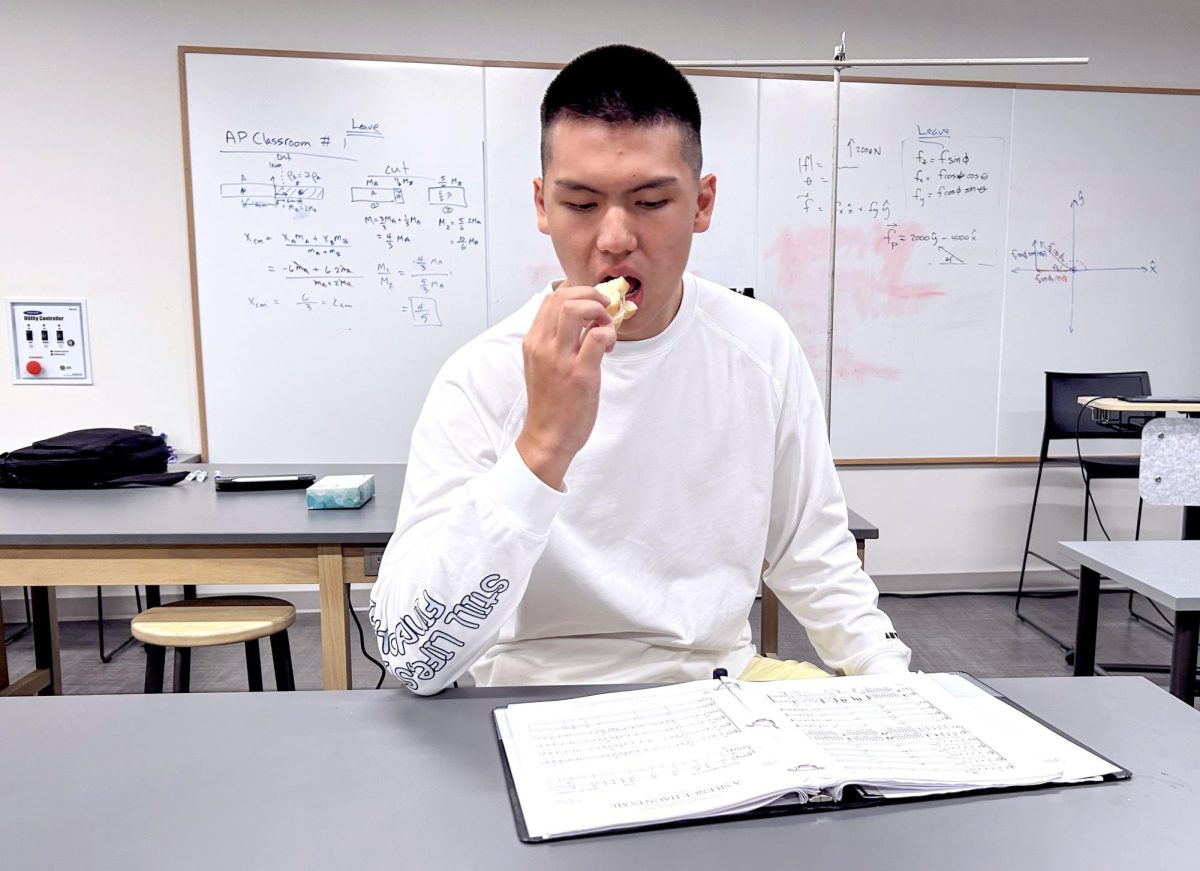Cover Photo: Dr. Trusty is the head of the Accreditation Committee at Kinkaid, managing committee visits and annual reports. Photo by Emma Stout.
ISAS is not just an arts festival. With over 88 school members, 56,378 students, and 6,361 teachers, The Independent Schools Association of the Southwest is an organization which provides a rigorous accreditation process, or education certification, to independent schools throughout Oklahoma, Texas, New Mexico, Arizona, and Louisiana.
Accreditation is sometimes brushed over by students. However, faculty are active participants during the process. Ms. Tamasine Ellis, a history teacher for the Kinkaid Upper School worked on the Accreditation Committee during Interim Term and said, “We spent several months discussing and then writing up our vision for the department; ensuring vertical alignment and rigorous curriculum.”
The ISAS accreditation process is essential to Kinkaid because it a ects the student’s educational lives, but what is it? In general, accreditation o cially recognizes companies, schools, or other programs that conform to set standards. For Kinkaid, these educational and operational standards are set by ISAS.
The accreditation process encourages Kinkaid to push past isolated thinking and receive input from the ISAS board, and often other schools in the program, in order to improve the environment, culture, and learning opportunities. Essentially, the ISAS board acts as an outside pair of eyes, recommending and assessing changes made by the Kinkaid faculty, staff , and Accreditation Committee.
Dr. Ed Trusty, head of the Accreditation Committee, said that “over the course of time and in addition to the feedback from ISAS, Kinkaid has made various items a priority.” These include “space needs, curricular and programmatic considerations, strategic planning, diversity, faculty evaluation, technology, admissions, legal and bene ts matters.”
Dr. Trusty also mentioned that although Kinkaid itself often marks these items as areas of growth during the annual “self-study report,” feedback on these topics by ISAS reports often solidify them as priorities for the school.
ISAS report forms are obtained by a visit to Kinkaid by an ISAS committee, a group comprised of up to 20 professionals that take notes on the school “in action” for two and a half days. So when you see unfamiliar visitors stepping into your math class, you can know that these individuals and their feedback may affect how the school functions next year.
ISAS “recommendations” however, are just that. Schools are “not required to implement any
of the recommendations unless there are some legal or safety concerns,” said Dr. Trusty. “There is such great diversity within independent schools that it would be very difficult to legislate what a school can [and] should do single sex, co-ed, small school, large school, sports offerings, etc . . .” he remarked.
After the ISAS reports are released, in the fifth year of the accreditation cycle, Kinkaid will send comments to ISAS on what it has done to improve on the feedback. Currently, we are in the fifth year of the cycle.
The rest step of the cycle involves Kinkaid forming dozens of committees of faculty, administrators, alums, and sometimes students that discuss areas of growth. Second, a complete report is sent to ISAS before the visiting committee then attends classes at Kinkaid to respect on the report,
which they give to the school. Kinkaid then provides abbreviated reports regarding changes and important goals in the school. Finally, Kinkaid submits a response to the ISAS report from the school visit before preparing for the next round of accreditation.
So, why should this matter to students? Primarily, students can only apply for federal grants (student loans or scholarships) if they are attending an accredited school. Additionally, accreditation can affect the focus of the school. For example, Dr. Trusty said that accreditation helped Kinkaid decide to currently focus on demographic diversity, professional development for faculty, curriculum (both vertical and horizontal flow), and space needs. The school embarked on a strategic plan in 2017, which also addressed some of the other priorities, including balancing arts and athletics while maintaining academic rigor.
ISAS also hosts an annual Arts Festival, where member schools of the association are able to exhibit student’s artwork and “foster high standards and stimulate creativity,” according to the ISAS website. Students at member schools are able to perform or present their artwork and are judged by professionals, where they can then grow from their feedback.
The festival is not just for the students, however. It provides an opportunity for the member schools to assess and “appreciate qualities in one another’s programs,” according to ISAS.








